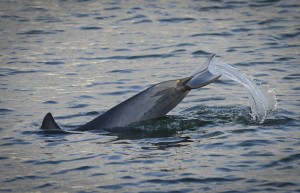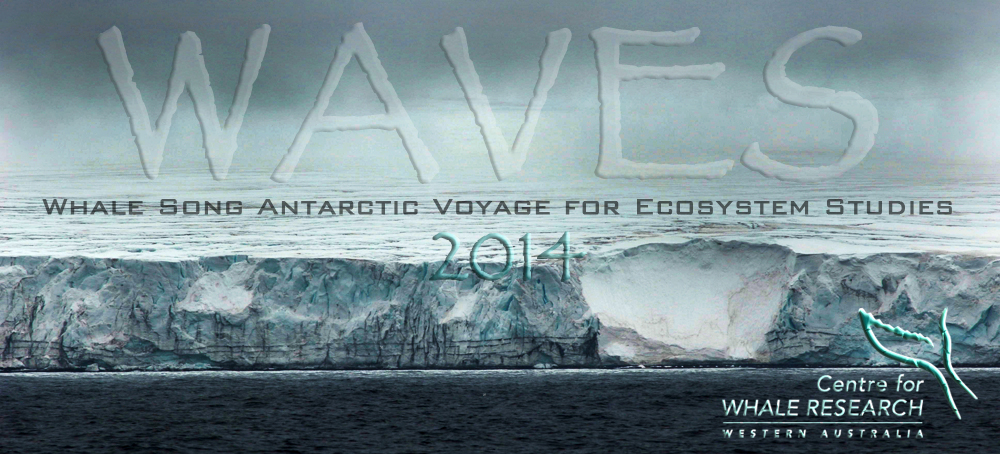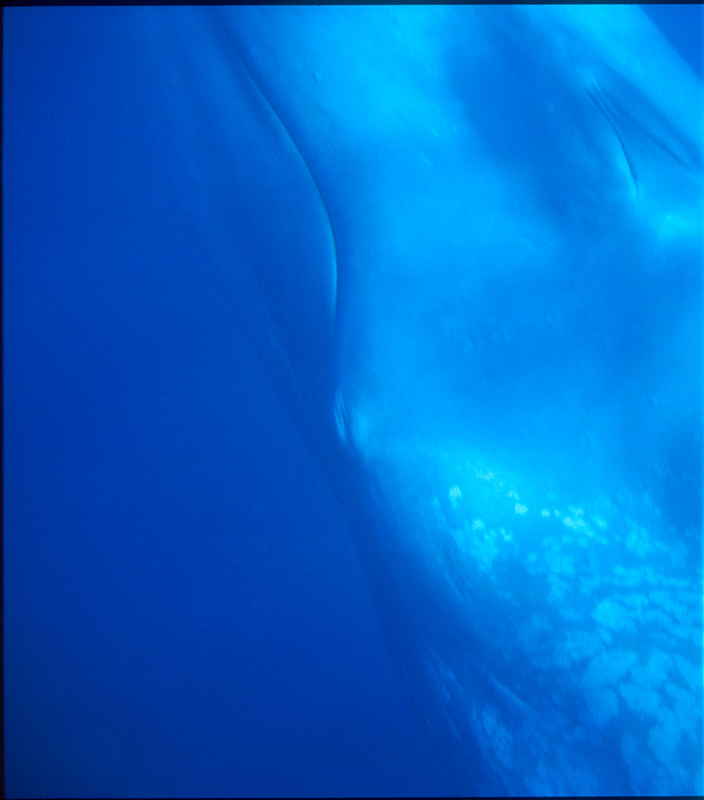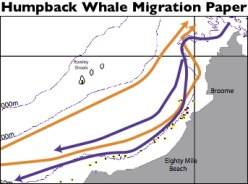
Bottlenose dolphins are strong swimmers, spending much time playing by bow-riding boats and even wake-riding large whales.
For many years fishermen and charter boat operators have seen Bottlenose dolphins Tursiops aduncus (also commonly known as bottlenose dolphins) hunting and fishing inside the Fremantle Fishing Boat Harbour seeking small fish that congregate along the rock walls and near the jetty pilings.
It is encouraging that such successful co-habitation by marine mammals and humans can occur, with the dolphins utilising the harbour waters opportunistically to trap fish. Every few days, dolphin pods do the rounds of the jetties, sometimes mother/calf pairs, small groups of juveniles or individuals. Last evening at 535pm an individual dolphin whom we had previously identified a couple of evenings ago, swam nearby the stern of Whale Song. This animal has a distinctive diving style, flicking water in an arch each time as its tail flukes are lifted.
Researchers individually identify cetaceans using photographs of their dorsal fins and lateral body, noting in particular, any scars or unique marks. This dolphin has a series of dark grey parallel teeth rake marks, likely obtained during encounters with other dolphins, on the left side of the tail stock (caudal peduncle). However it’s primarily the left-side and right-side photographs of the dorsal fin that enables researchers to build individual life histories of dolphins.
It is interesting to note that until recently, Bottlenose dolphins, the genus Tursiops, were all considered as one species. Through the modern science of molecular genetics, two species of bottlenose dolphins are now recognized: the Common Bottlenose dolphin (Tursiops truncatus) and the Indo-Pacific Bottlenose dolphin (Tursiops aduncus). Both species are known to inhabit the south west region of Western Australia with Common Bottlenose dolphins generally found well offshore, while Indo-Pacific Bottlenose dolphins occur in coastal and estuarine areas.
There are a number of good research projects currently being conducted on the dolphins inhabiting the Perth region between Scarborough and Rockingham and the Swan-Canning Estuary. The Coastal and Estuarine Dolphin Project (CEDP) is a collaborative, multi-institution project, combining the research expertise of Curtin University and Murdoch University with the support of a variety of corporate, community, and government partners (including the Swan River Trust’s Dolphin Watch Program). CEDP studies the health, ecology, and conservation of dolphins inhabiting the metropolitan waters of Perth, including the Swan Canning Riverpark and Cockburn Sound. For the latest updates on these projects visit the MUCRU website, click here.
You can also help keep Perth’s estuarine systems and wildlife populations healthy by becoming a volunteer River Guardian for the Dolphin Watch Project that was launched by the Swan River Trust, Western Australia: click here
Bottlenose dolphins frequent the jetties in the Fremantle Fishing Boat Harbour hunting for fish near the rock walls and around the jetty piles. Co-habitation by marine mammals and humans of coastal areas such as harbours has occurred worldwide and reminds us that maintaining clean harbours is essential.

















No comments yet.